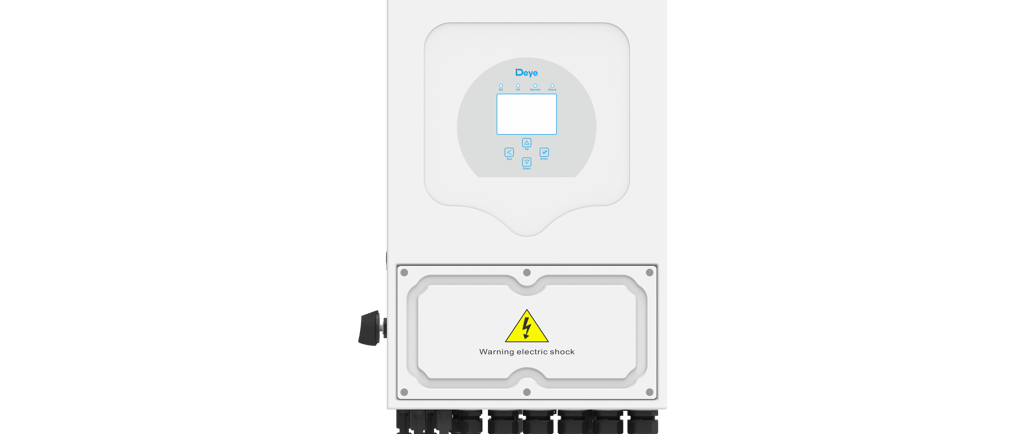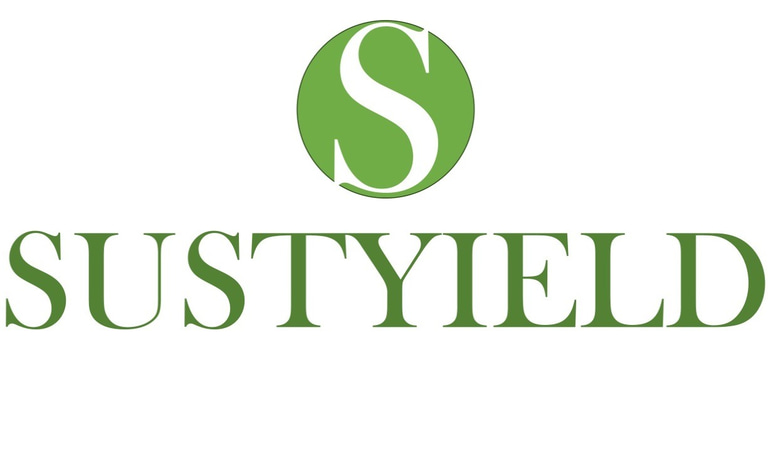Hybrid Inverters and Energy Storage: The Silent Enablers of India’s Renewable Ambitions
While solar panels and wind farms capture public attention, the backbone of India's energy transition is being built by hybrid inverters and advanced battery storage—technologies that make renewable energy reliable and flexible for every context.
HYBRID INVERTER
Syed Azad Ali
11/11/20252 min read


Why Hybrid Inverters Matter
Hybrid inverters, unlike traditional grid-tied models, smartly manage solar, battery, and grid sources to provide continuous, stable, and optimized power. They are particularly vital in regions with variable grid supply and rapidly growing rooftop solar installations.
Key features:
Seamless switching and load management between solar, grid, and batteries.
Backup power during grid outages—a major advantage for many urban and rural areas.
Enable net metering, variable tariff response, and grid support.
Spotlight: Leading Hybrid Inverter Manufacturers
Deye
With over 5 GW of cumulative shipments in India and an estimated 80% share of the hybrid inverter market, Deye has become a benchmark for reliability and flexibility. Popular models in India include the SUN-6/10/15K-G03 series for residential and the SUN-50K-SG01 for commercial applications.
High market share: Deye provides products ranging from single-phase to 80 kW three-phase systems and plans to launch a 125 kW hybrid inverter next year.
Smart features: “Smart load” management, AC coupling, and advanced microinverters are designed for Indian conditions.
OEM and partnerships: Deye collaborates closely with Indian solar firms to expand its footprint rapidly.
Solinteg
Solinteg, a Chinese innovator, is quickly gaining attention in India thanks to high-efficiency hybrid inverters for homes and businesses.
Performance: Offer efficiency ratings up to 98%, robust surge capacity, and fast UPS-level switching (10ms).
Flexible integration: Wide PV and battery voltage range for easy capacity scaling.
Smart monitoring: App-based and OLED display management for real-time controls.
Applications: Especially suited for high-consumption homes, small commercial sites, and environments with frequent outages.
Other notable players:
Indian brands like Luminous, Qbits, Waaree, Ginlong (Solis), and Su-Kam are also driving growth in hybrid and storage solutions, offering locally serviced options and affordable models for semi-urban and rural expansion.
The Role of Energy Storage
Hybrid inverters only realize their full potential when paired with batteries—especially as lithium-ion prices continue to drop. This combination allows optimized energy use, peak shaving, and transforms solar from a daytime-only resource into 24/7 power.
Projections: India is set to deploy over 40 GWhr of grid-scale battery storage by 2030.
Case study: In villages across Uttar Pradesh and Maharashtra, hybrid inverter/battery systems have slashed outage rates and energy costs for microgrids and schools.
Policy and Market Trends
The government’s PLI scheme for batteries and PM Surya Ghar rooftop solar incentives now favor hybrid-compatible systems. Net metering, group solar, and battery integration are supported by state policies in Delhi, Karnataka, and Maharashtra, driving adoption.
Hybrid inverters and energy storage—led by innovative brands like Deye and Solinteg—are making India’s renewable energy future not just cleaner, but smarter, more resilient, and truly accessible. As installations accelerate and costs drop, expect these ‘silent enablers’ to reshape the energy landscape for homeowners, businesses, and whole communities.
